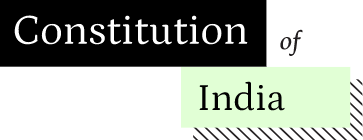Local self-government was practised in many small village communities in different countries in Europe before the Industrial Revolution. A good account of their co-operative life is given by Prince Kropotkin in his “Mutual Aid”. China and Japan have also been one of the oldest homes of such decentralised rural organisations. We can, however, be legitimately proud of the fact that this institution of local self-government was ‘developed earliest and preserved longest in India among all the countries of the earth.’[52] The village communes existed in our country from times immemorial. King Prithu, it is believed, first introduced the system while colonising the Daub between the Ganges and the Jamuna. In the Manu Smriti and the Shanti Parva of the Mahabharata, there are many references to the existence of ‘gram-sanghas’. A description of these rural communities is also found in the Artha-shastra of Kautilya, who lived in 400 BC. In the Valmiki Ramayana we read about the Janapada, which was, perhaps, a kind of federation of numerous village republics. It is certain that the system was widely in existence in this country at the time of Greek invasion. Megasthenes has left vivid impressions of the ‘Pentads’, as he called these Panchayats. Chinese travellers, Hieun Tsang and Fa Hien, tell us how India at the time of their visits was very prosperous and the people were ‘flourishing and happy beyond compare.’ An account of the village commonwealths during the seventh century is found in Shukracharya’s Niti-Sara.
